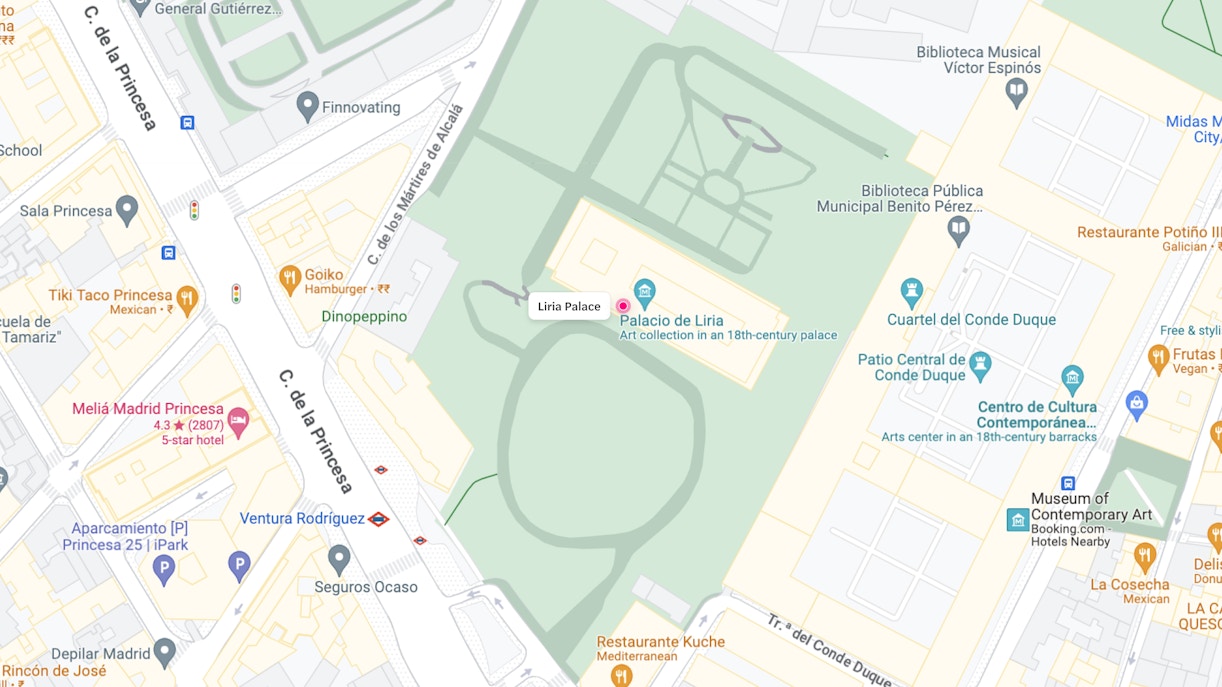- Royal Palace Of Madrid Tickets
- Prado Museum Tickets
- Madrid Flamenco Show Tickets
- Parque Warner Madrid
- Legends Football
- Santiago Bernabeu Tours
- Reina Sofia Museum
- Thyssen-Bornemisza National Museum Tickets
- Parque De Atracciones Madrid
- Madrid Zoo Aquarium
- Wax Museum Madrid
- Cívitas Metropolitano Stadium Tours
- Museum of Illusions Madrid
- Madrid to El Escorial tours
- Royal Palace of Aranjuez
- Royal Palace of La Granja of San Ildefonso
- Atlantis Aquarium Madrid
- Segovia day trip from Madrid
- Ikono
All You Need to Know About Liria Palace
Quick Information
Plan your visit
Liria Palace Tickets and Tours
Quick Guide to Liria Palace
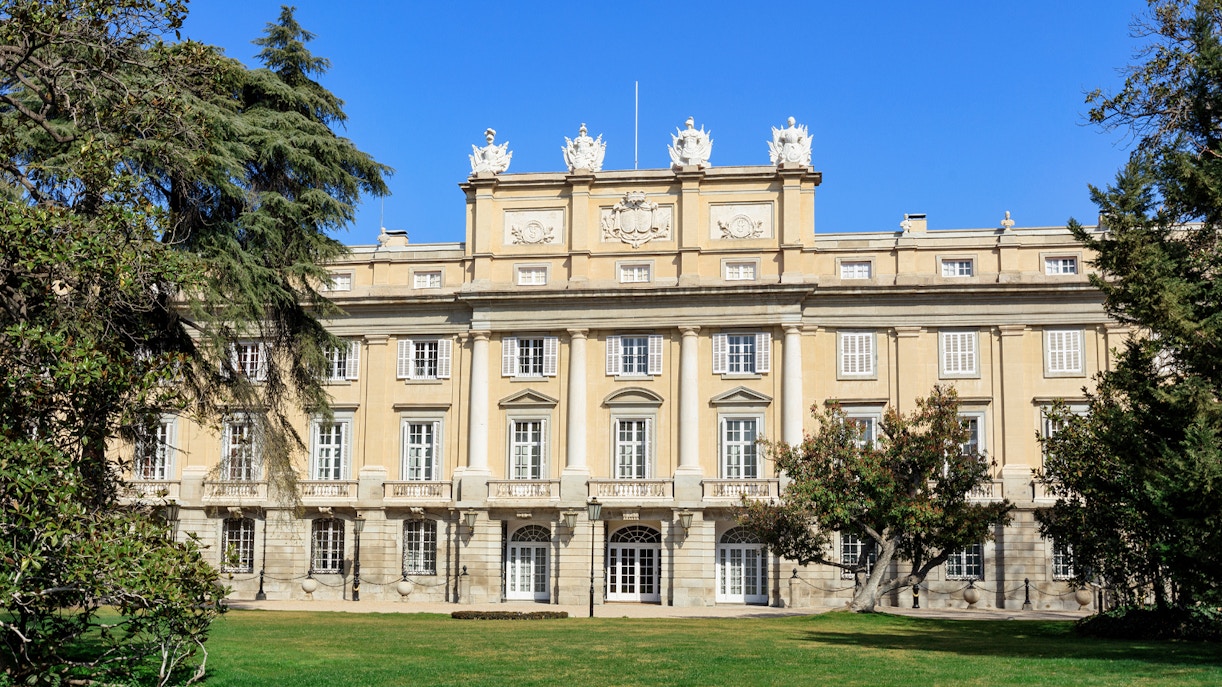
Also Known As: Royal Palace's little brother
Location: C. de la Princesa, 20, 28008 Madrid, Spain
Established: Between 1767 and 1785
Architect: Louis Guilbert and Ventura Rodriguez
Architectural Style: Neoclassical
Number of Visitors Per Year: Thousands
What is Liria Palace?
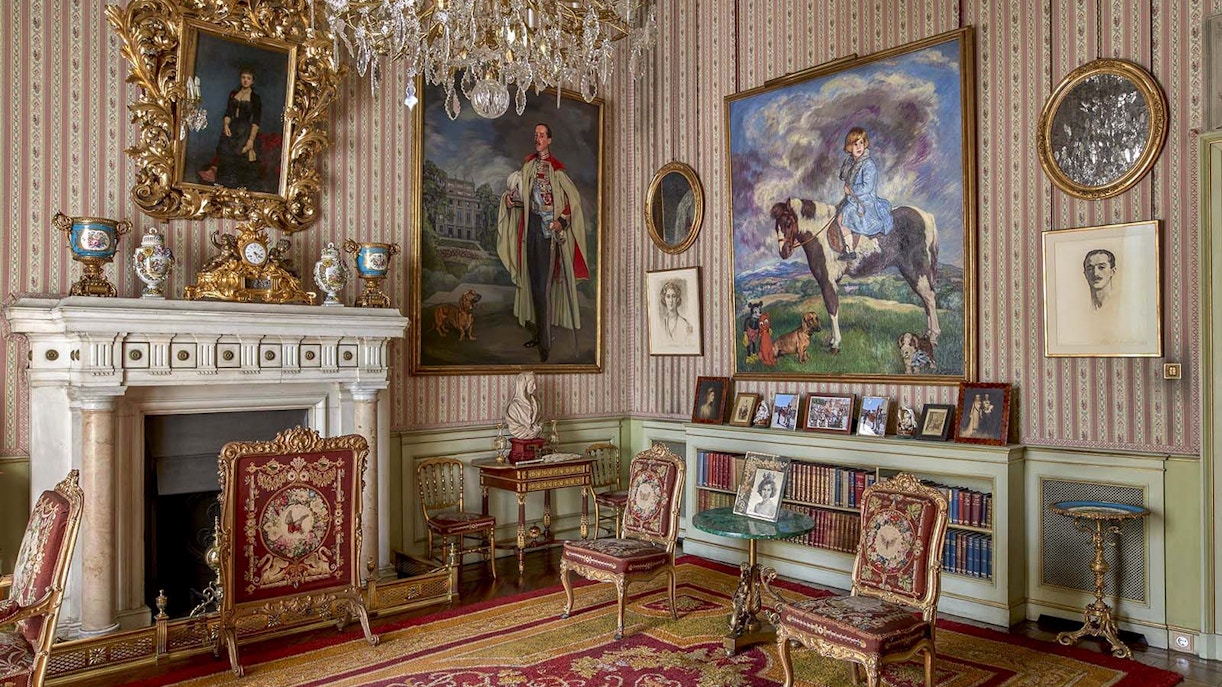
- The second most popular palace in the city after the Royal Palace of Madrid, Liria Palace serves as the residence of the Alba Family.
- A vital part of Spain’s history, Alba Family members are renowned for their love of art.
- The palace’s art collection includes paintings and sculptures by Spanish artists like Francisco de Goya, Diego Velázquez, and Bartolomé Esteban Murillo.
- Goya's portraits of the Duke and Duchess of Alba and Velázquez's painting of Saint Anthony of Padua are among the highlights of the Liria Palace.
Plan Your Visit to Liria Palace
What To Do At Liria Palace?
Liria Palace is one of Madrid’s special attractions. It offers insight into the royal life of the Alba family and introduces you to the architectural might of Spanish architects.
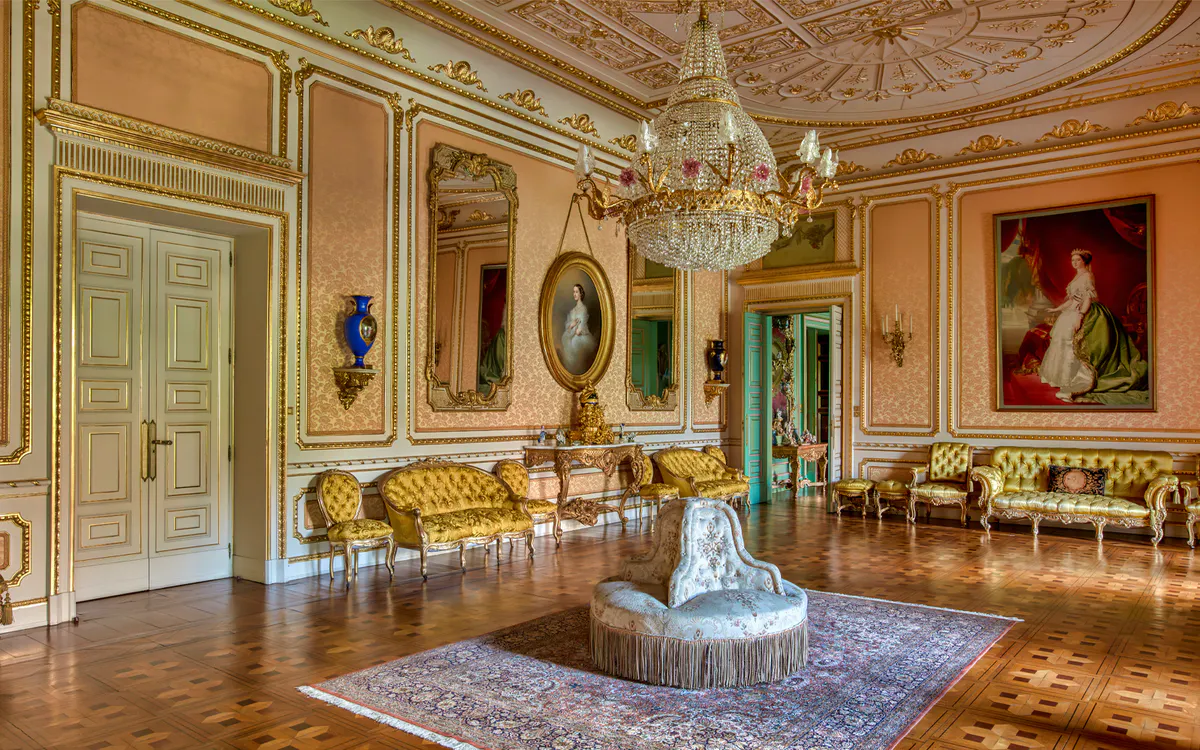
The Ballroom
The Ballroom inside Liria Palace once hosted royal parties and societal events. Dukes, Duchess, and members of the Spanish Royal Family danced and celebrated through the evenings. Today, it remains deserted but has huge portraits of the royal family members and a beautiful chandelier.

The Dining Room
The Dining Room was where the Alba Family members dined and enjoyed each other’s company. While the palace is inhabited, the Dining Room is still used for family meals. The four Gobelin tapestries showing the New Indian series are highlights of this room.
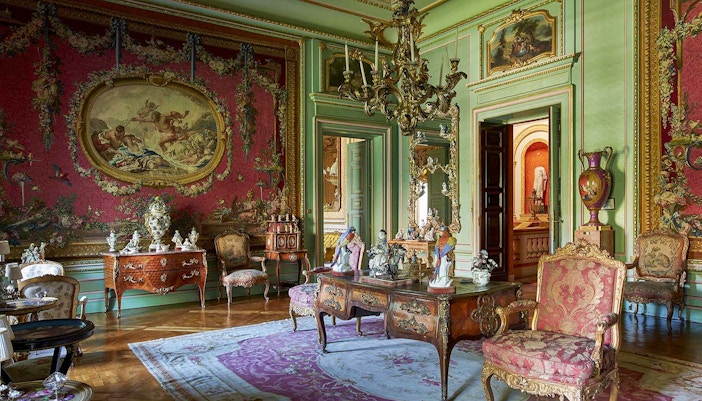
The Themed Rooms
The Theme Rooms in Liria Palace contain unique collections of paintings, sculptures, tapestries, furniture, books, and large sets of porcelain. The palace has nine different themed rooms, including the Italian, Spanish, and Goya Rooms. Paintings and works by artists like Goya, Velázquez, El Greco, Jan Brueghel the Elder, and Winterhalter are a few highlights in the rooms.
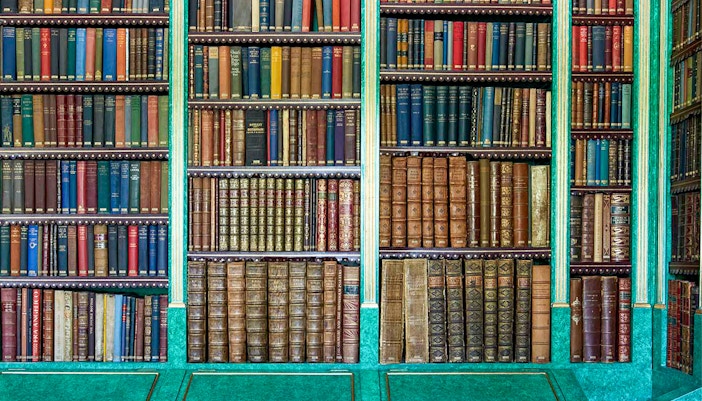
The Library
Liria Palace’s Library is a valuable source of ancient knowledge and historical information. It contains over 18,000 books and prints, including the first edition of Don Quixote and the largest collection of manuscripts by Christopher Columbus.
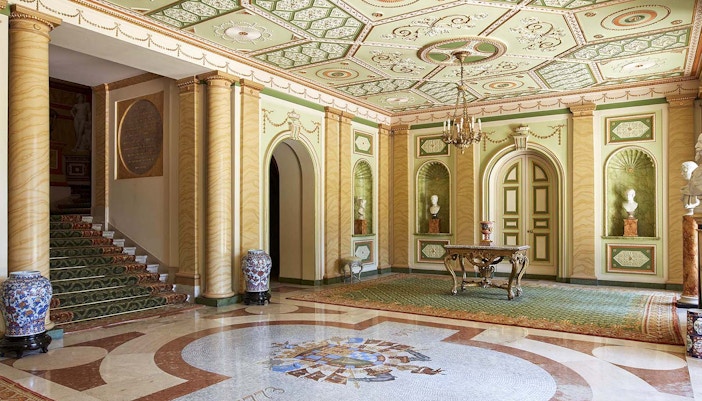
The Great Hall & Staircase
Liria Palace’s neoclassical hallway hits you with amazement as you enter the palace. It was remodelled after the 1936 fire, with the other rooms designed similarly. The palace’s staircase is equally attractive, featuring a sculpture of Aphrodite.
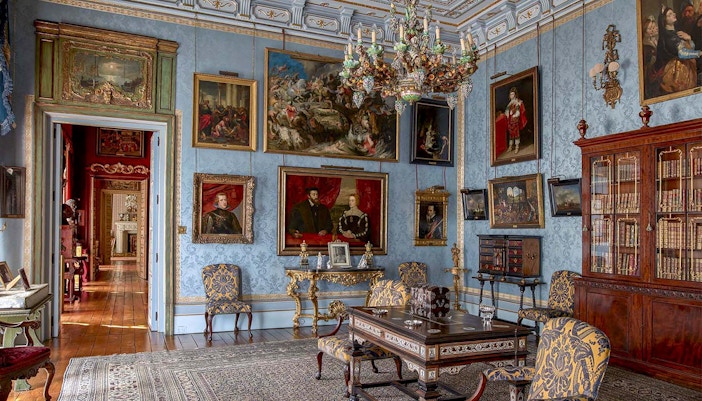
Liria Palace’s Art Collections
The Alba Family were renowned for their love of art. Inside the palace, you’ll find an extensive art collection featuring paintings and sculptures by Francisco de Goya, Diego Velázquez, and other artists of the age.
More about Liria Palace
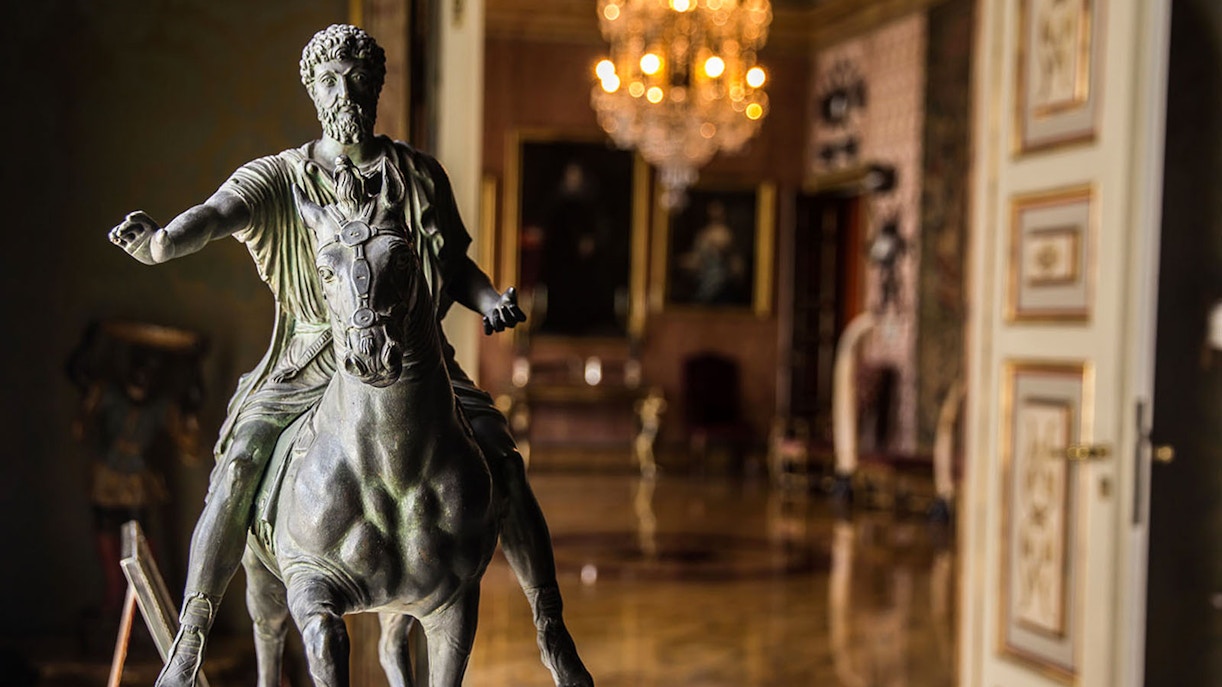
Is Liria Palace a UNESCO World Heritage Site?
Liria Palace is a famous tourist destination in Madrid but isn’t a World Heritage Site yet. Fortunately, it is close to several World Heritage Sites in Madrid, such as the Paseo del Prado.
The historical boulevard is three kilometres from Liria Palace and is home to renowned museums and cultural spaces, like the Prado Museum, Thyssen-Bornemisza Museum, CaixaForum Madrid, and the Royal Botanical Garden. Liria Palace is also close to El Retiro Park, one of Madrid’s largest parks and a UNESCO World Heritage Site.
Frequently Asked Questions About Liria Palace in Madrid
Liria Palace is a neoclassical palace in Madrid. It serves as the residence of the Alba Family.
Liria Palace is famous because it is the home of the Alba Family, a renowned and historical family in Spain.
Liria Palace tickets start from €18.
You can explore the Great Hall & Staircase, the Ballroom, and artworks inside Liria Palace
Renowned Spanish architect Ventura Rodríguez designed Liria Palace.
Liria Palace was built between 1767 to 1785.
Liria Palace is at C. de la Princesa, 20, 28008 Madrid, Spain.
You can reach Liria Palace by metro, bus, Cercanías (local train), and car.
Here are the times to visit Liria Palace: Monday - 10:15 AM to 12:30 PM, Tuesday to Friday - 10:15 AM to 12:30 PM, 4:15 PM to 6 PM, Saturday, Sunday, and Bank Holidays - 9:45 AM to 12 PM, 3:45 PM to 5:30 PM.


